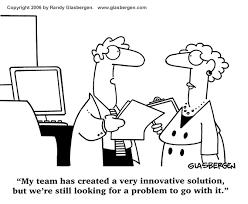Test cases are the bread and butter of software testers. Test cases created either manually or automated, has many objectives. Writing a effective test cases is arts which are acquired by skills and experiences. The topic for the effective test cases will depends on the types of project you are handling and the depth of functional requirement to be captured.

Writing a kind of test cases falls in to many categories. Each categories provides respective values to the organization in many different ways. In order for the test case to provide better values for an organization, it should be essentially functional to reduce risks and address the testing efforts and also it should provide some measurable values to the organization.
There are various categories for writing an effective test cases. Following are some of the categories, most of the test cases would fall under:
- To verify the expected results versus actual results during testing cycle.
- To verify if the application under test is in conformance with the standards and guidelines as requested by the stakeholders.
- To increase the functional test matrix coverage.
- To increase the data flow coverage.
- To increase the logical flow coverage.
- To verify and execute end user scenarios.
- To report any errors or defects to developers before it impacts the end users.

